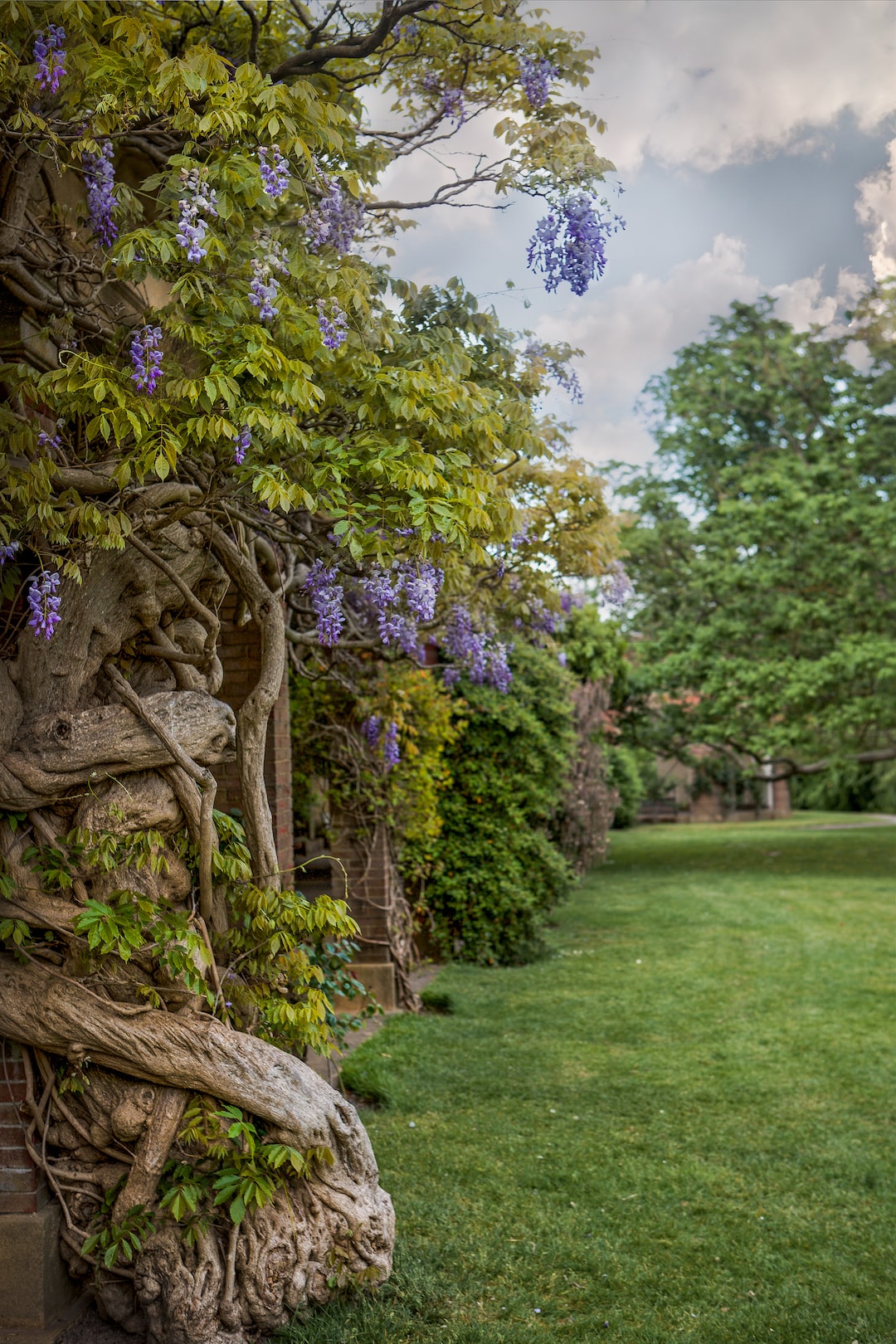Creating a Water-Wise Garden: Drought-Tolerant Plants
Water scarcity is a growing concern in many regions of the world. It is now more important than ever to conserve water and find sustainable solutions for our gardens. One way to achieve this is by creating a water-wise garden using drought-tolerant plants. These plants are resilient, require minimal watering, and can still create a stunning and vibrant landscape. In this blog post, we will explore the benefits of drought-tolerant plants and provide some recommendations to help you transform your garden into an oasis of sustainability.
Why choose drought-tolerant plants?
There are numerous advantages to incorporating drought-tolerant plants in your garden. Firstly, these plants have adapted to survive in arid and dry conditions. They have developed various mechanisms to conserve water, such as deep root systems that reach for water sources deeper in the soil. By planting these species, you are ensuring the survival of greenery even in times of water scarcity.
Secondly, these plants require significantly less watering. This not only reduces your water bill but also saves a precious resource. Whether you live in a drought-prone region or simply want to be more eco-friendly, opting for drought-tolerant plants is a practical and responsible choice.
Moreover, drought-tolerant plants come in a diverse range of colors, textures, and forms. From succulents and cacti to ornamental grasses and flowering perennials, there is a wide array of options to suit every aesthetic preference. You can create a beautiful and unique garden while also conserving water.
Plant recommendations:
1. Succulents: These water-retaining plants are perfect for dry climates or regions with water restrictions. They store excess water in their leaves, stems, and roots, making them highly resilient and self-sufficient. Popular succulent varieties include aloe vera, jade plants, and Echeveria.
2. Lavender: This fragrant perennial herb thrives in sunny and dry conditions. Apart from requiring minimal watering, lavender also attracts pollinators such as bees and butterflies to your garden. Its beautiful purple flowers and aromatic scent make it an excellent addition to any water-wise landscape.
3. Russian Sage: With its stunning silver-gray foliage and tall spiky flowers, Russian sage adds a touch of elegance to your garden. This perennial plant thrives in dry and hot climates, and its mounds of flowers provide a splash of vibrant purple that lasts throughout the summer.
4. Red Yucca: Not a true yucca but a member of the Agave family, Red Yucca is a striking plant that adds drama to any garden. This succulent-like perennial features tall flower spikes with coral-red tubular flowers. It is exceptionally drought-tolerant and attracts hummingbirds, making it both visually appealing and ecologically beneficial.
5. Rosemary: A popular culinary herb known for its aromatic and flavorful qualities, rosemary is also a great choice for a water-wise garden. This evergreen shrub can tolerate drought and requires minimal maintenance. Its delicate blue flowers add a splash of color while attracting beneficial insects to your garden.
These are just a few examples of the wide variety of drought-tolerant plants available on the market. It is essential to choose plants that are native to your region or those that have proven to thrive in a similar climate. By selecting the right plants, you can create an aesthetically pleasing garden that is also environmentally sustainable.
Tips for a water-wise garden:
In addition to selecting the right plants, there are several other steps you can take to create a water-wise garden:
1. Mulch: Applying a layer of organic mulch around your plants helps retain moisture in the soil, reducing the need for frequent watering. Mulch also suppresses weeds and improves soil quality.
2. Irrigation system: Consider installing a drip irrigation system that delivers water directly to the base of your plants, reducing evaporation and water waste. This method ensures that water reaches the roots without oversaturating the soil.
3. Rainwater harvesting: Install rain barrels or a rainwater harvesting system to collect and store rainwater. This water can then be used to irrigate your garden during dry periods, reducing the need for tap water.
4. Group plants with similar water needs: Grouping plants with similar water requirements reduces water wastage. This enables you to water each plant accordingly, ensuring they receive the necessary hydration without overwatering others.
Creating a water-wise garden not only helps conserve water but also promotes environmental sustainability. By incorporating drought-tolerant plants and implementing water-saving practices, you can take a small, yet significant, step towards a greener future. With some careful planning and consideration, your garden can become a haven of beauty and ecological responsibility.
